Overview
Directed Energy Deposition (DED) is a cutting-edge additive manufacturing technology that precisely deposits material, layer by layer, to create high-quality metal parts. It utilizes focused energy sources such as lasers, electron beams, or plasma arcs to melt the material, which is then deposited onto a substrate or existing part. DED is renowned for its ability to produce complex geometries, repair damaged components, and create high-performance metal parts with superior mechanical properties.
DED is widely used in various industries, including aerospace, automotive, medical, and energy, due to its versatility and efficiency. This technology offers significant advantages over traditional manufacturing methods, such as reduced material waste, shorter production times, and the ability to create intricate designs that are otherwise challenging to achieve.
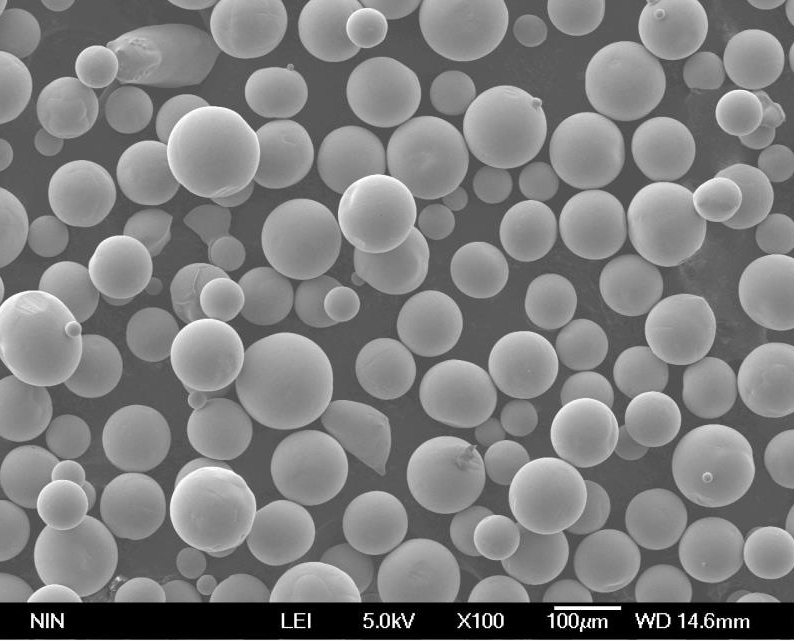
Types of Metal Powders Used in DED
Common Metal Powders for DED
| Metal Powder Model | Composition | Properties | Applications |
|---|---|---|---|
| Inconel 625 | Nickel, Chromium, Molybdenum | High strength, corrosion-resistant | Aerospace, marine, chemical processing |
| Ti-6Al-4V | Titanium, Aluminum, Vanadium | High strength-to-weight ratio, biocompatible | Aerospace, medical implants, automotive |
| Stainless Steel 316L | Iron, Chromium, Nickel, Molybdenum | High corrosion resistance, good mechanical properties | Food processing, medical devices, marine applications |
| Hastelloy X | Nickel, Molybdenum, Chromium | Oxidation-resistant, high-temperature strength | Aerospace, industrial gas turbines |
| CoCrMo | Cobalt, Chromium, Molybdenum | Wear-resistant, high strength | Medical implants, dental prosthetics |
| AlSi10Mg | Aluminum, Silicon, Magnesium | Lightweight, good thermal conductivity | Automotive, aerospace, electronics |
| Maraging Steel (18Ni-300) | Iron, Nickel, Cobalt, Molybdenum | High strength, excellent toughness | Tooling, aerospace, high-performance parts |
| Copper | Pure Copper | Excellent thermal and electrical conductivity | Electrical components, heat exchangers |
| Tool Steel (H13) | Iron, Chromium, Molybdenum, Vanadium | High hardness, good thermal fatigue resistance | Tooling, die casting, injection molding |
| Nickel Alloy 718 | Nickel, Chromium, Iron | High strength, corrosion-resistant | Aerospace, power generation, oil & gas |
Applications of DED
Common Applications of DED Technology
| Application | Industry | Benefits |
|---|---|---|
| Component Repair | Aerospace, Automotive | Cost-effective, extends lifespan of parts |
| Prototyping | All Industries | Rapid design iteration, reduced lead time |
| Complex Geometries | Medical, Aerospace | Enables intricate designs, lightweight structures |
| Functional Parts | Manufacturing, Industrial | High-performance, customized components |
| Tooling and Molds | Automotive, Manufacturing | Durable, high-precision tools |
| Material Research | Academic, Industrial | Custom material properties, experimental studies |
Specifications and Standards for DED
Specifications for Common Metal Powders in DED
| Metal Powder Model | Particle Size (μm) | Density (g/cm³) | Melting Point (°C) | ASTM Standard |
|---|---|---|---|---|
| Inconel 625 | 15-45 | 8.44 | 1290-1350 | ASTM B443 |
| Ti-6Al-4V | 15-45 | 4.43 | 1604-1660 | ASTM B348 |
| Stainless Steel 316L | 15-45 | 7.99 | 1375-1400 | ASTM A276 |
| Hastelloy X | 15-45 | 8.22 | 1260-1355 | ASTM B435 |
| CoCrMo | 15-45 | 8.29 | 1330-1390 | ASTM F75 |
| AlSi10Mg | 15-45 | 2.67 | 570-580 | ISO 3522 |
| Maraging Steel (18Ni-300) | 15-45 | 8.00 | 1413 | ASTM A538 |
| Copper | 15-45 | 8.96 | 1083 | ASTM B216 |
| Tool Steel (H13) | 15-45 | 7.80 | 1426 | ASTM A681 |
| Nickel Alloy 718 | 15-45 | 8.19 | 1260-1336 | ASTM B637 |
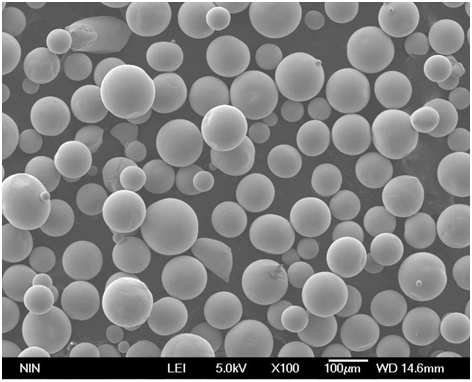

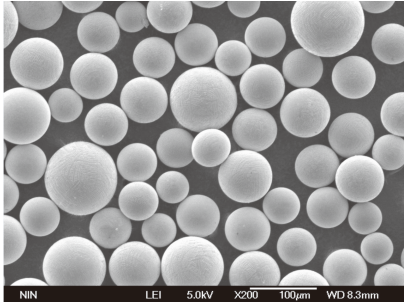
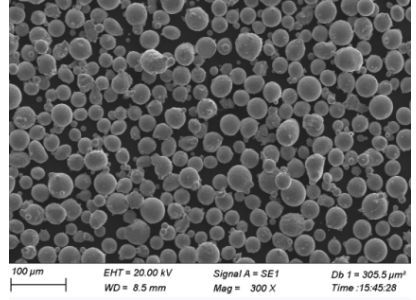
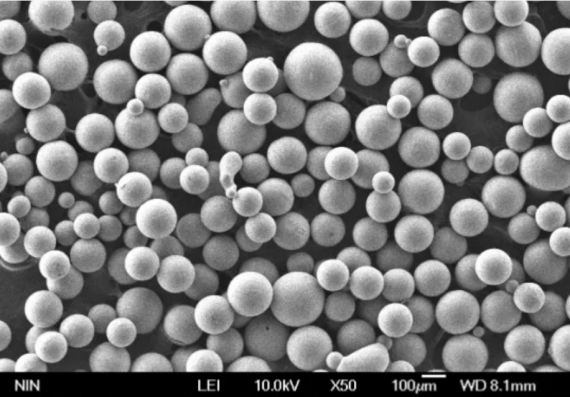
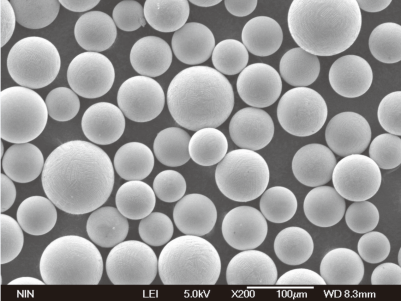
Suppliers and Pricing Details
Suppliers and Pricing for Metal Powders in DED
| Supplier | Metal Powder Model | Price per kg (USD) | Location | Contact |
|---|---|---|---|---|
| Carpenter Technology | Inconel 625 | $100 | USA | www.carpentertechnology.com |
| Arcam AB | Ti-6Al-4V | $200 | Sweden | www.arcam.com |
| GKN Hoeganaes | Stainless Steel 316L | $50 | USA | www.gknpm.com |
| HC Starck | Hastelloy X | $150 | Germany | www.hcstarck.com |
| Sandvik | CoCrMo | $120 | Sweden | www.materials.sandvik |
| LPW Technology | AlSi10Mg | $80 | UK | www.lpwtechnology.com |
| Aubert & Duval | Maraging Steel (18Ni-300) | $180 | France | www.aubertduval.com |
| Tekna | Copper | $60 | Canada | www.tekna.com |
| Hoganas AB | Tool Steel (H13) | $90 | Sweden | www.hoganas.com |
| VSMPO-AVISMA | Nickel Alloy 718 | $170 | Russia | www.vsmpo.ru |
Comparing Pros and Cons of DED Technology
Advantages and Limitations of DED Technology
| Aspect | Advantages | Limitations |
|---|---|---|
| Material Efficiency | Minimal waste, high material utilization | High initial cost of materials |
| Complex Geometries | Capable of creating intricate designs | Limited by machine resolution and accuracy |
| Repair Capabilities | Efficient repair of high-value components | Requires skilled operators and precise control |
| Production Speed | Faster production compared to traditional methods | Slower than some other additive manufacturing methods |
| Mechanical Properties | High-performance, customizable properties | Potential for residual stresses and defects |
| Versatility | Wide range of materials can be used | Limited by material feedstock availability |
Detailed Analysis of Metal Powders for DED
Inconel 625
Inconel 625 is a nickel-based superalloy known for its excellent mechanical properties and corrosion resistance, even at elevated temperatures. Its composition includes significant amounts of nickel, chromium, and molybdenum, which contribute to its strength and stability. This material is ideal for aerospace, marine, and chemical processing applications, where components must withstand harsh environments and high stress.
Ti-6Al-4V
Ti-6Al-4V, also known as Grade 5 titanium, is a popular choice for DED due to its high strength-to-weight ratio and biocompatibility. Comprising titanium, aluminum, and vanadium, this alloy offers excellent mechanical properties and corrosion resistance, making it suitable for aerospace, medical implants, and automotive components.
Stainless Steel 316L
Stainless Steel 316L is an austenitic stainless steel known for its high corrosion resistance and good mechanical properties. The addition of molybdenum enhances its corrosion resistance, especially against chlorides and other industrial solvents. It is commonly used in food processing, medical devices, and marine applications.
Hastelloy X
Hastelloy X is a nickel-based superalloy with outstanding oxidation resistance and high-temperature strength. Its composition includes nickel, molybdenum, and chromium, which provide excellent mechanical properties at elevated temperatures.
This material is widely used in aerospace and industrial gas turbines.
CoCrMo
CoCrMo, or Cobalt-Chromium-Molybdenum alloy, is known for its exceptional wear resistance and high strength. This material is commonly used in medical implants and dental prosthetics due to its biocompatibility and durability.
AlSi10Mg
AlSi10Mg is an aluminum alloy with good thermal conductivity and lightweight properties. The addition of silicon and magnesium improves its mechanical properties, making it suitable for automotive, aerospace, and electronics applications.
Maraging Steel (18Ni-300)
Maraging Steel (18Ni-300) is a high-strength steel alloy with excellent toughness and hardness. It is composed of iron, nickel, cobalt, and molybdenum, and is used in tooling, aerospace, and high-performance parts.
Copper
Copper is well-known for its excellent thermal and electrical conductivity. In DED, pure copper is used for electrical components, heat exchangers, and other applications requiring high conductivity.
Tool Steel (H13)
Tool Steel H13 is a chromium-molybdenum-vanadium steel with high hardness and good thermal fatigue resistance. It is widely used in tooling, die casting, and injection molding applications.
Nickel Alloy 718
Nickel Alloy 718 is a nickel-chromium alloy known for its high strength and corrosion resistance. It is commonly used in aerospace, power generation, and oil & gas industries.
Advantages of DED
Why Choose Directed Energy Deposition?
- Material Efficiency: DED uses materials efficiently, minimizing waste and optimizing utilization. Unlike traditional subtractive methods, which often result in significant material loss, DED adds material only where needed, making it a more sustainable option.
- Complex Geometries: The technology allows for the creation of intricate designs and complex geometries that are difficult or impossible to achieve with traditional manufacturing methods. This opens up new possibilities for innovative designs and lightweight structures.
- Repair Capabilities: DED is highly effective for repairing high-value components, such as turbine blades and aerospace parts. This can significantly extend the lifespan of these components, reducing costs and downtime.
- Production Speed: Compared to traditional manufacturing, DED can produce parts faster, especially for small to medium-sized components. This reduces lead times and allows for rapid prototyping and iteration.
- Mechanical Properties: DED parts often exhibit superior mechanical properties, such as higher strength and durability, due to the precise control over the material deposition process. This results in high-performance parts that meet stringent industry standards.
- Versatility: DED can work with a wide range of materials, including metals, ceramics, and composites. This versatility makes it suitable for various applications across multiple industries.
Limitations of DED
What Are the Challenges of Directed Energy Deposition?
- High Initial Costs: The initial investment in DED equipment and materials can be high, which may be a barrier for some companies. However, the long-term benefits often outweigh these costs, especially for high-value applications.
- Machine Resolution and Accuracy: While DED can create complex geometries, it is limited by the resolution and accuracy of the machines. Achieving fine details and tight tolerances can be challenging.
- Skilled Operators Required: Operating DED systems requires skilled operators who can precisely control the deposition process. This can add to the operational costs and complexity.
- Potential Residual Stresses: The rapid heating and cooling cycles in DED can result in residual stresses and potential defects in the parts. Proper process control and post-processing techniques are necessary to mitigate these issues.
- Material Feedstock Availability: While DED can work with a wide range of materials, the availability of specific feedstocks may be limited. This can restrict the choice of materials for certain applications.
- Slower than Some Additive Methods: Compared to some other additive manufacturing methods, such as powder bed fusion, DED can be slower for certain applications. This may affect its suitability for high-volume production.
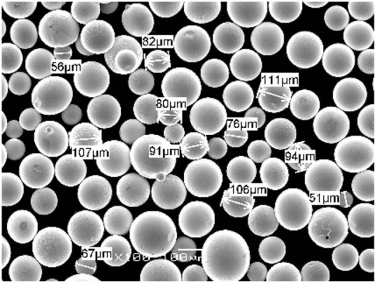
FAQ
| Question | Answer |
|---|---|
| What is Directed Energy Deposition (DED)? | Directed Energy Deposition (DED) is an additive manufacturing process that uses focused energy to melt and deposit material, layer by layer, to create parts. |
| What materials can be used in DED? | DED can work with a variety of materials, including metals, ceramics, and composites. Common metals include Inconel 625, Ti-6Al-4V, Stainless Steel 316L, and more. |
| What are the benefits of DED? | Benefits of DED include material efficiency, the ability to create complex geometries, effective repair capabilities, fast production speeds, and high-performance parts. |
| What are the limitations of DED? | Limitations include high initial costs, machine resolution and accuracy constraints, the need for skilled operators, potential residual stresses, and material feedstock availability. |
| Which industries use DED? | Industries that use DED include aerospace, automotive, medical, energy, and manufacturing, among others. |
| How does DED compare to other additive manufacturing methods? | DED offers advantages in material efficiency and repair capabilities but may be slower and more costly compared to some other additive methods like powder bed fusion. |
| Can DED repair existing components? | Yes, DED is highly effective for repairing existing high-value components, extending their lifespan and reducing costs. |
| Is DED suitable for large-scale production? | While DED is excellent for prototyping, small to medium-sized components, and repairs, it may be less suitable for high-volume production compared to other methods. |
| What is the future of DED technology? | The future of DED technology looks promising, with ongoing advancements in materials, process control, and machine capabilities driving its adoption across various industries. |
| How do I choose the right metal powder for DED? | Choosing the right metal powder depends on the specific application requirements, such as mechanical properties, corrosion resistance, and compatibility with the DED process. Consulting with suppliers and experts can help in making the best choice. |

